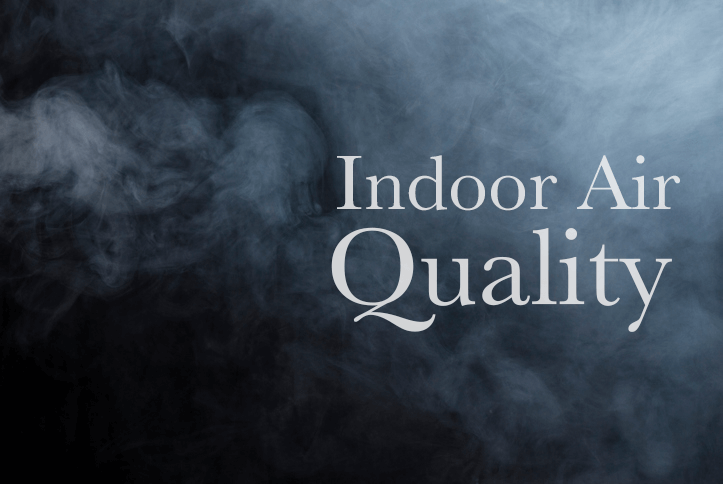In the current competitive HVAC market, simply designing, building, and installing more efficient systems and equipment is no longer enough. Builders and building owners alike are increasingly worried about indoor air quality and how it affects the health of workers and the environment.
With advances in HVAC and new techniques in system design, HVAC systems can now play an important part in improving indoor air quality.
Defining and Measuring Indoor Air Quality
One issue that plagues the industry is that there is no single definition of what indoor air quality means. At a basic level, everyone understands that good indoor air quality means the air is reasonably free from pollutants, toxins, or dangerous microbes. However, there is not yet a major consensus about how to define indoor air quality.
This lack of a firm definition means that it can be difficult to know how to measure indoor air quality. While measuring the amount of CO2 in the air is generally thought to be a decent proxy for how good the indoor air quality is, this measure does not account for things like mold, bacteria, and allergens that left unchecked can develop into sick building syndrome.
Causes of Poor Indoor Air Quality
Even if the exact definition of indoor air quality is still being developed, the causes of poor indoor air quality are easily understood. The primary driver of poor indoor air quality is poor ventilation. As HVAC systems and buildings became more energy efficient in the 1970s and 1980s, buildings became tighter. The idea was to develop closed systems that required less energy to heat and cool large spaces. But, this lack of ventilation meant that bad gases, such as CO2, build up over time inside the building because they have no way of escaping otherwise.
Additionally, other toxins, such as dust, bacteria, and mold flourish in the closed systems. Even regular maintenance of a closed system is not enough to eliminate many of the factors that contribute to poor indoor air quality.
Using New Technologies to Improve HVAC Efficiency and Indoor Air Quality
Using a traditional system often means sacrificing some energy efficiency to improve indoor air quality. But, with new technologies and innovative system design, a modern cooling system can now easily achieve both goals.
The key to HVAC energy efficiency and indoor air quality is using hybrid systems that rely less on traditional HVAC technologies and rely more on the newest evaporative cooling technologies.
These hybrid systems incorporate outside air as part of the cooling process. This allows fresh air to constantly circulate inside of the building. This prevents the buildup of harmful gasses, produces fewer harmful emissions in the first place, and keeps bacteria, mold, and allergens from building up in the system.
These systems also use much less energy than traditional HVAC systems.
Benefits of Better Indoor Air Quality
Improved air quality is an important goal. Not only is indoor air quality going to be the focus of more environmental regulations in years to come, but employers are seeing the link between improved air quality and healthier, more productive employees.
The research is clear that outside air is significantly cleaner than indoor air. It also shows that simply breathing fresh air can improve immune systems, increase happiness levels, and decrease absenteeism.
In the near future, as the benefits of excellent indoor air quality are better understood, HVAC systems that do not address indoor air quality will no longer be competitive in the market.
Learn how Air2O is revolutionizing HVAC technology with its hybrid evaporative cooling system, which combines a two-stage evaporative cooling solution with an integrated Dx system. This powerhouse of a combination delivers the highest performing, most efficient cooling system in the world.


